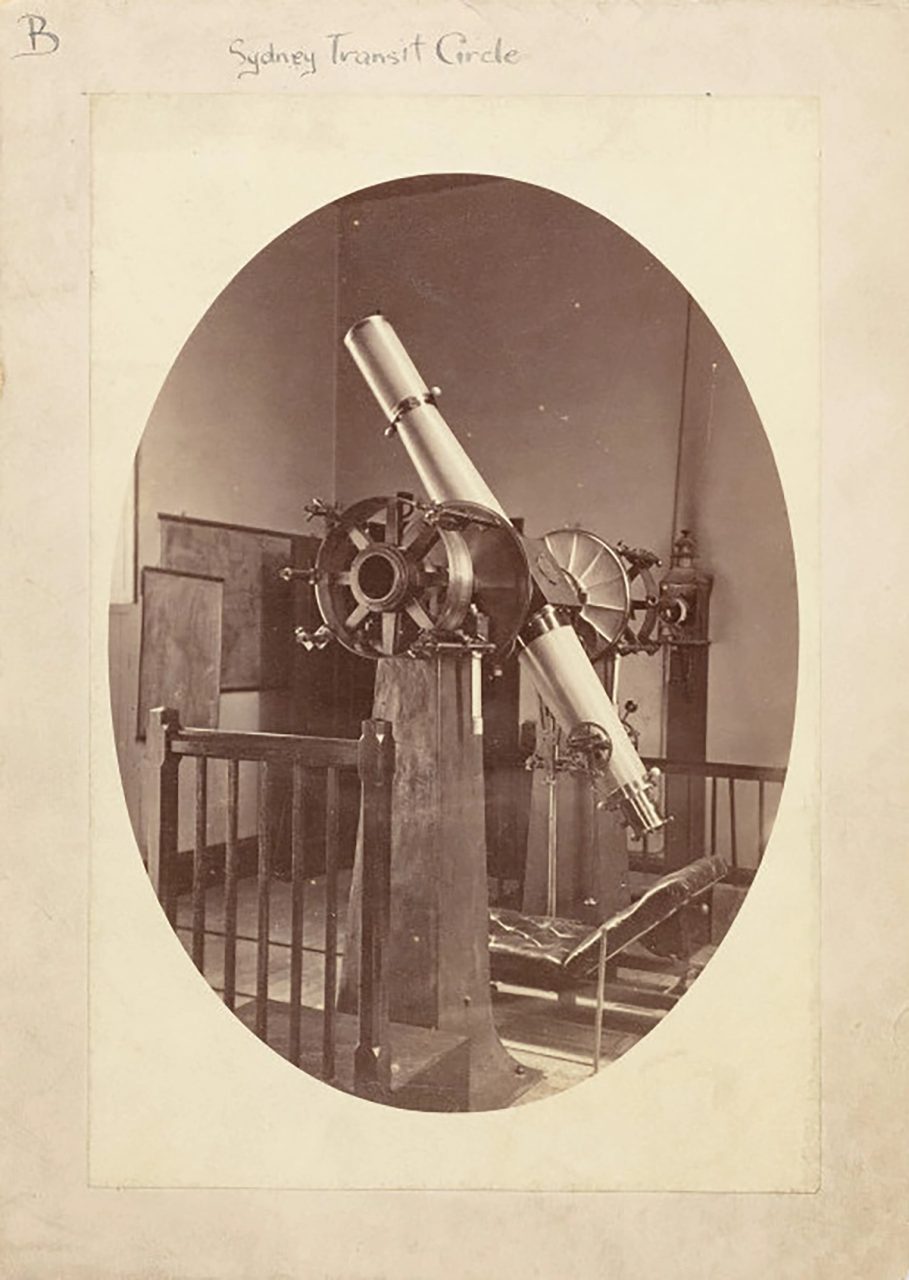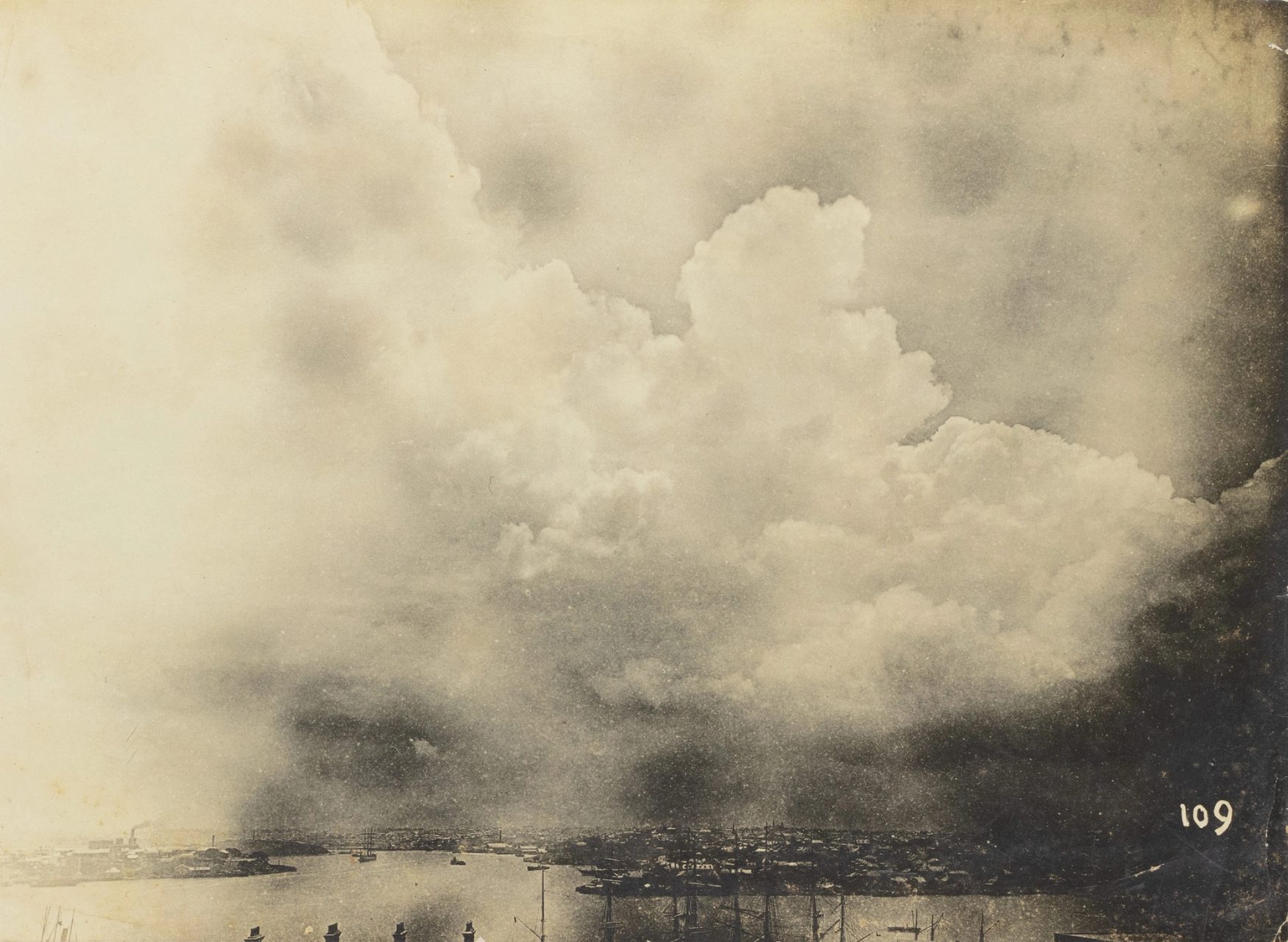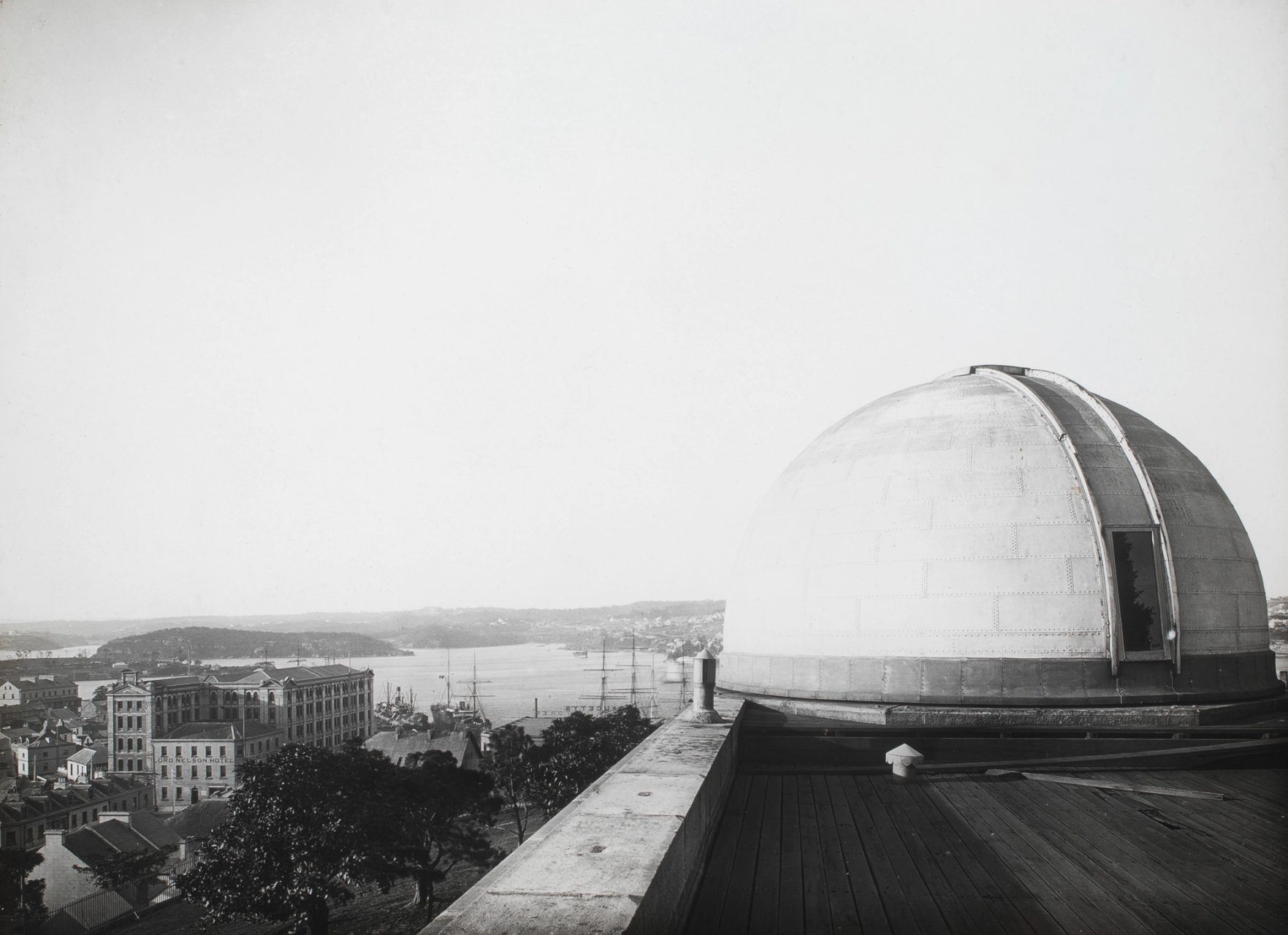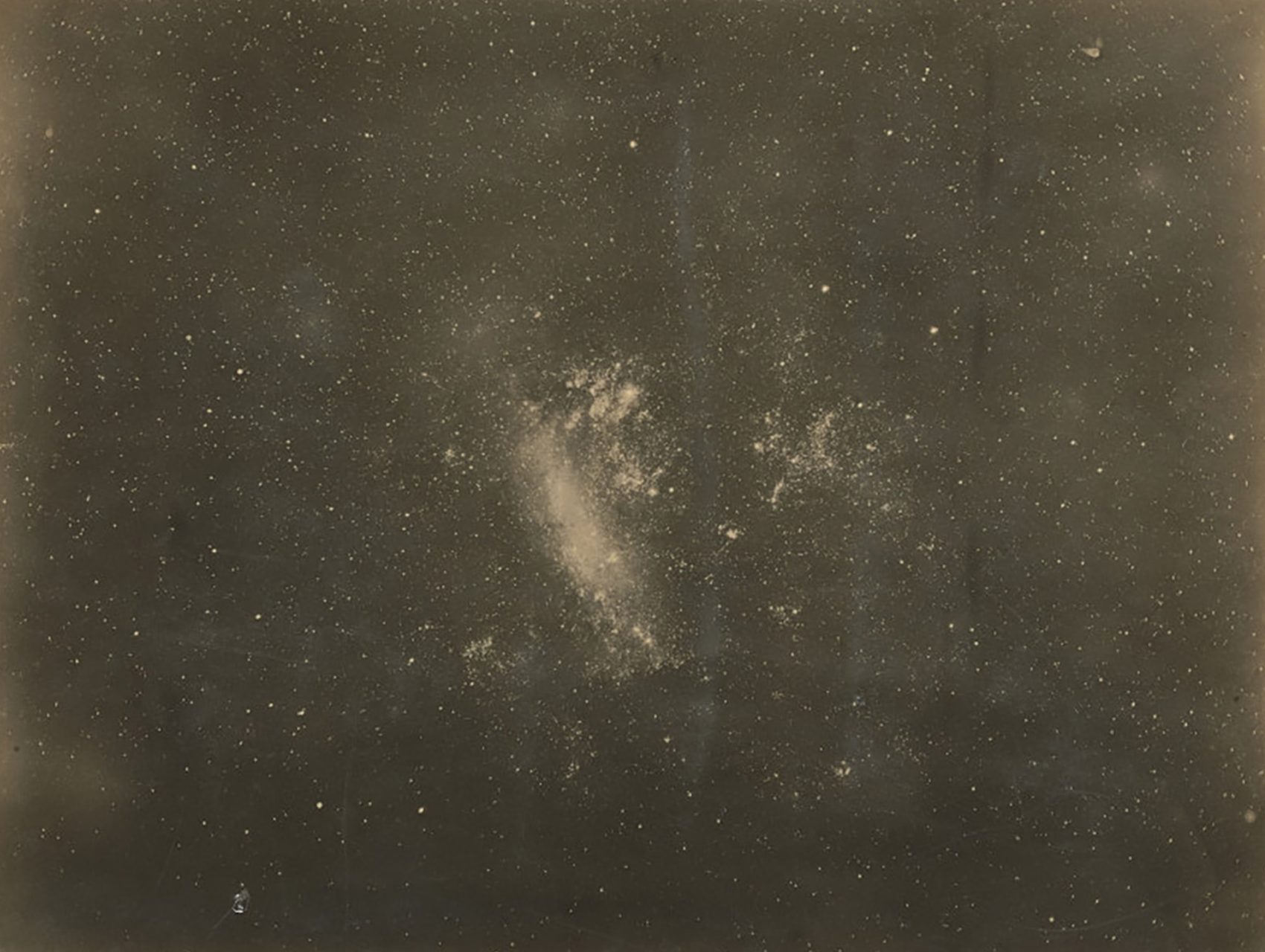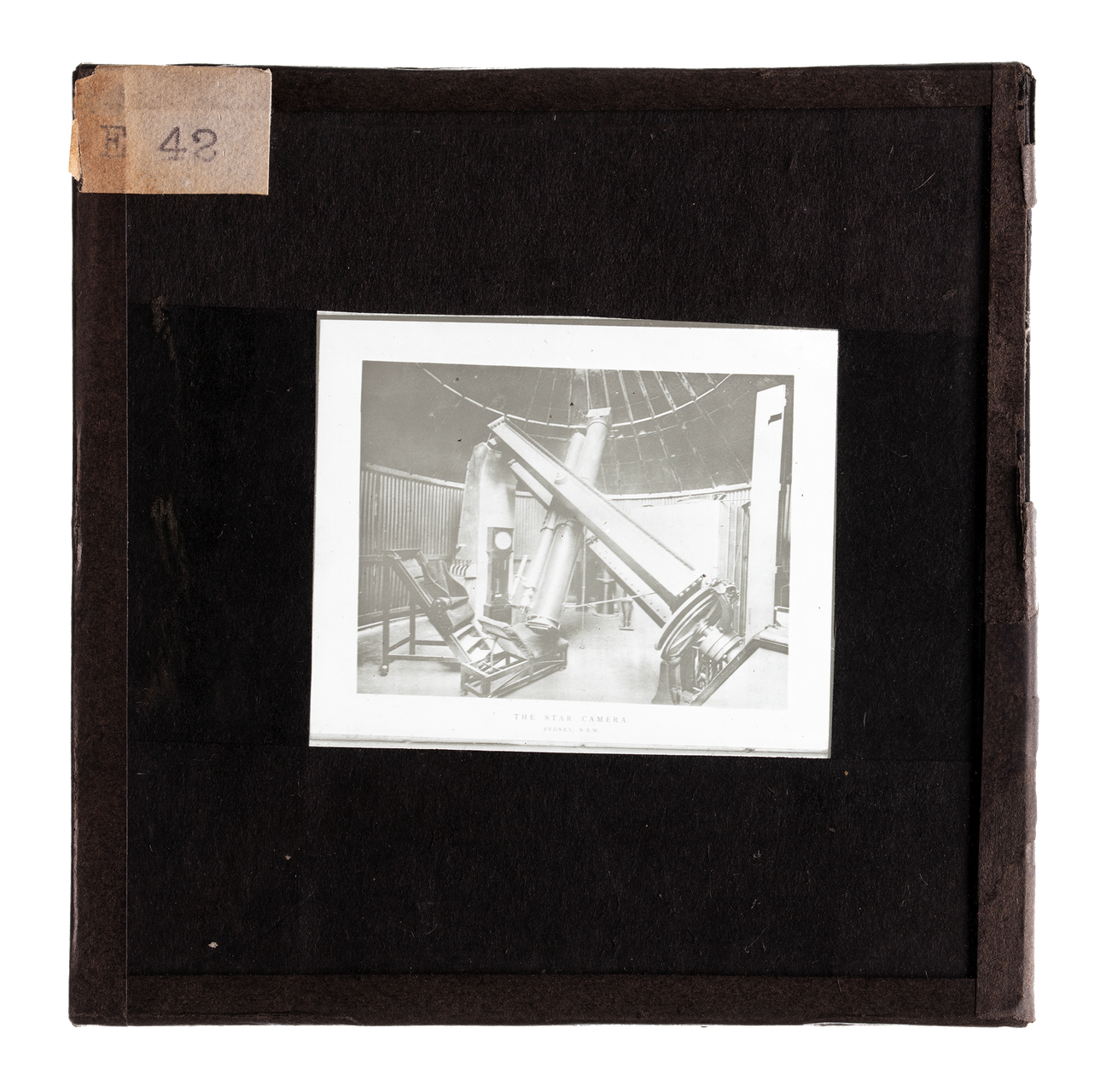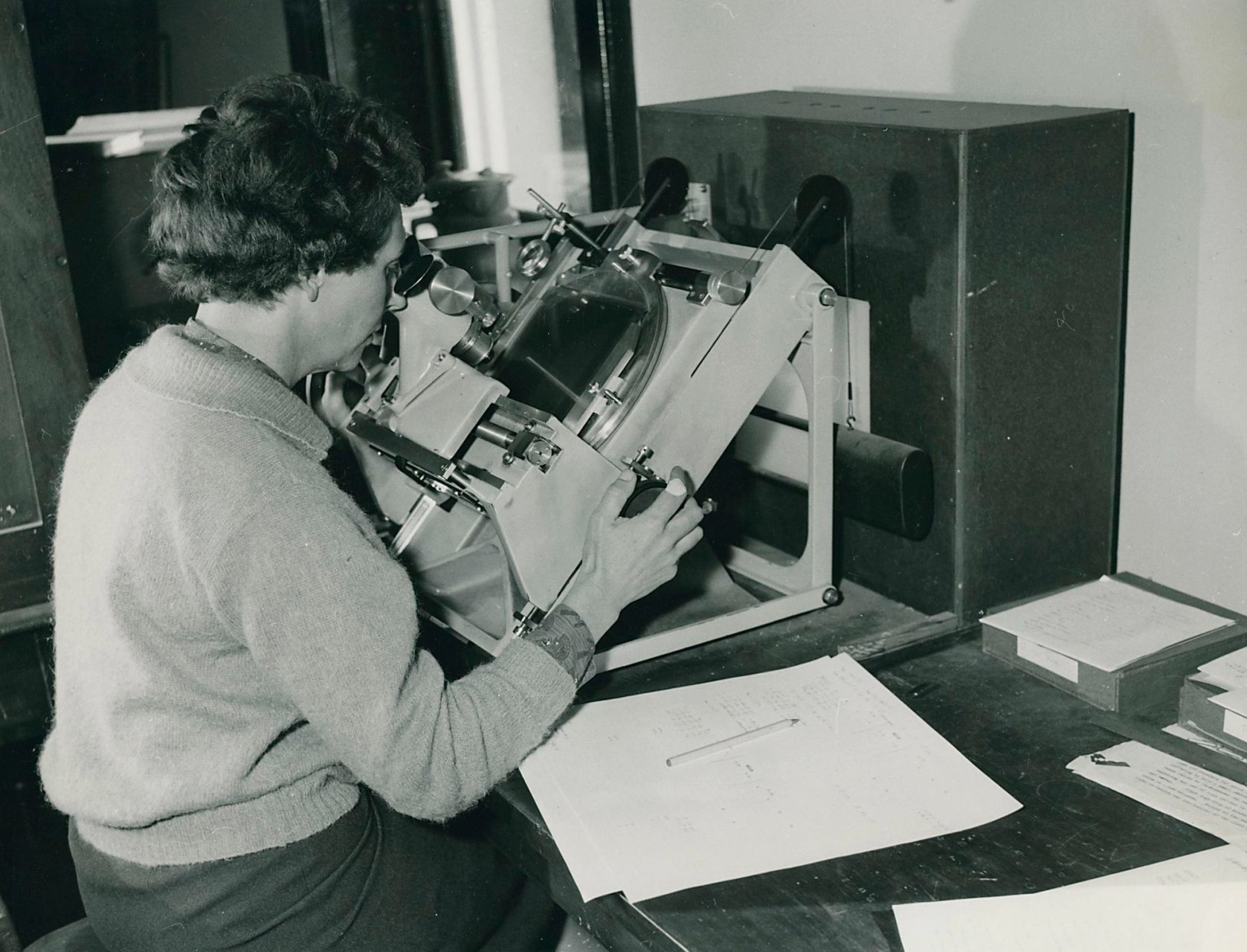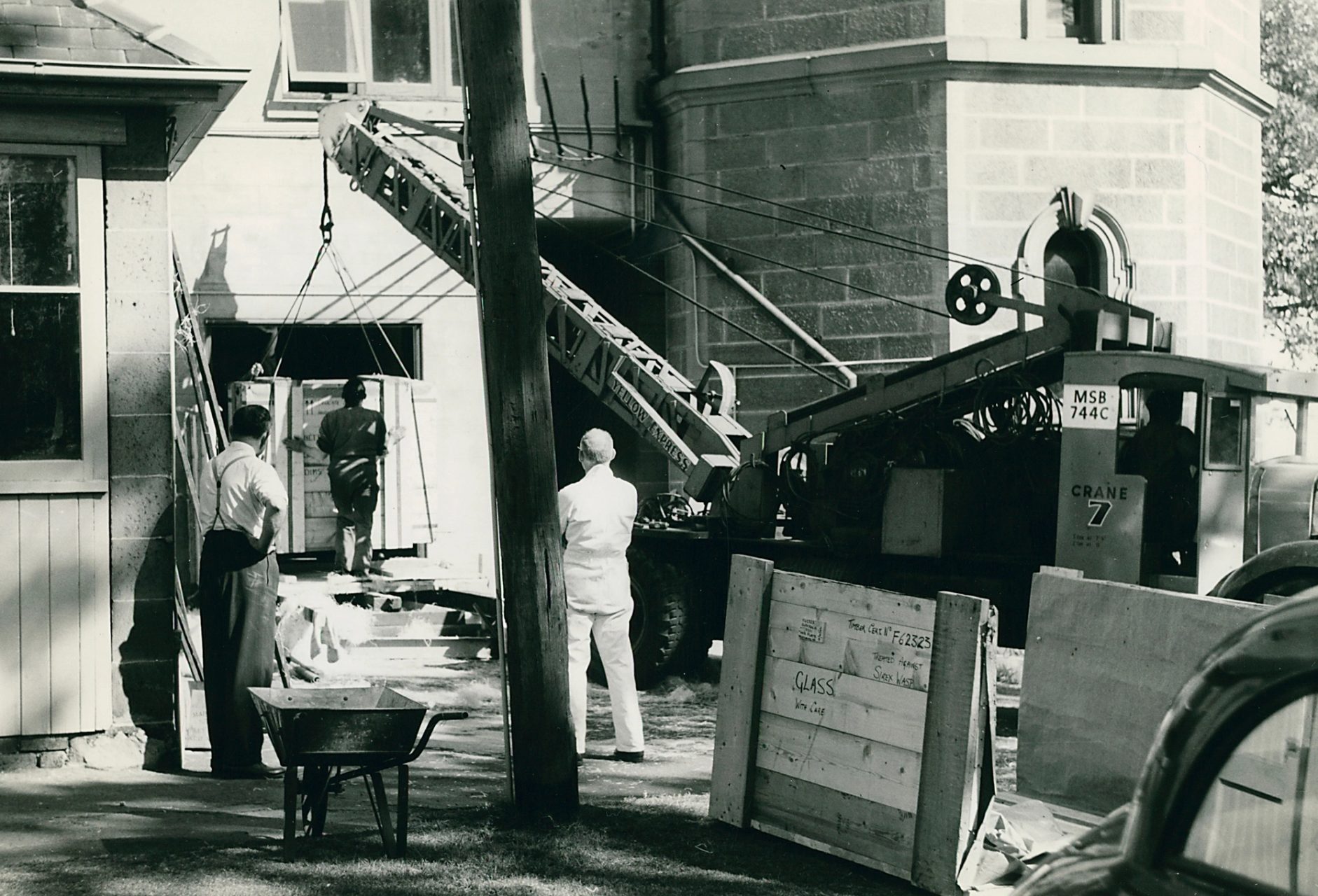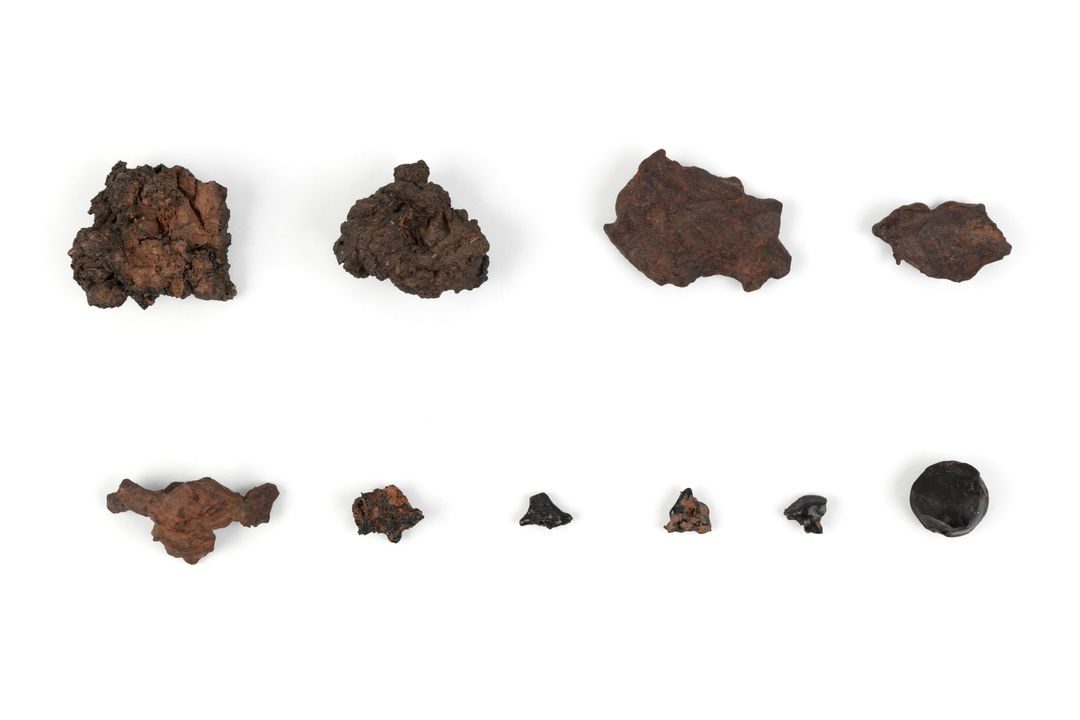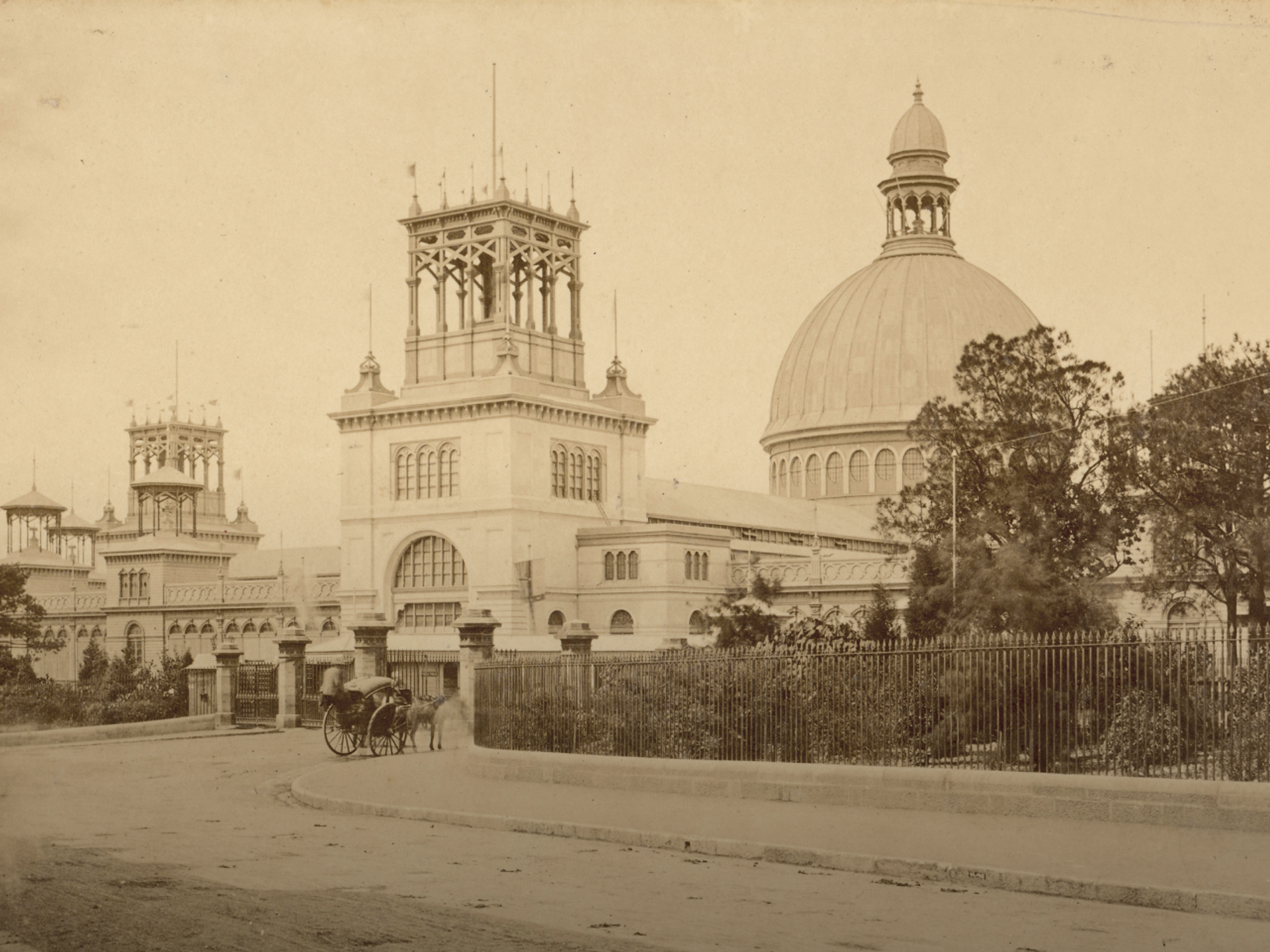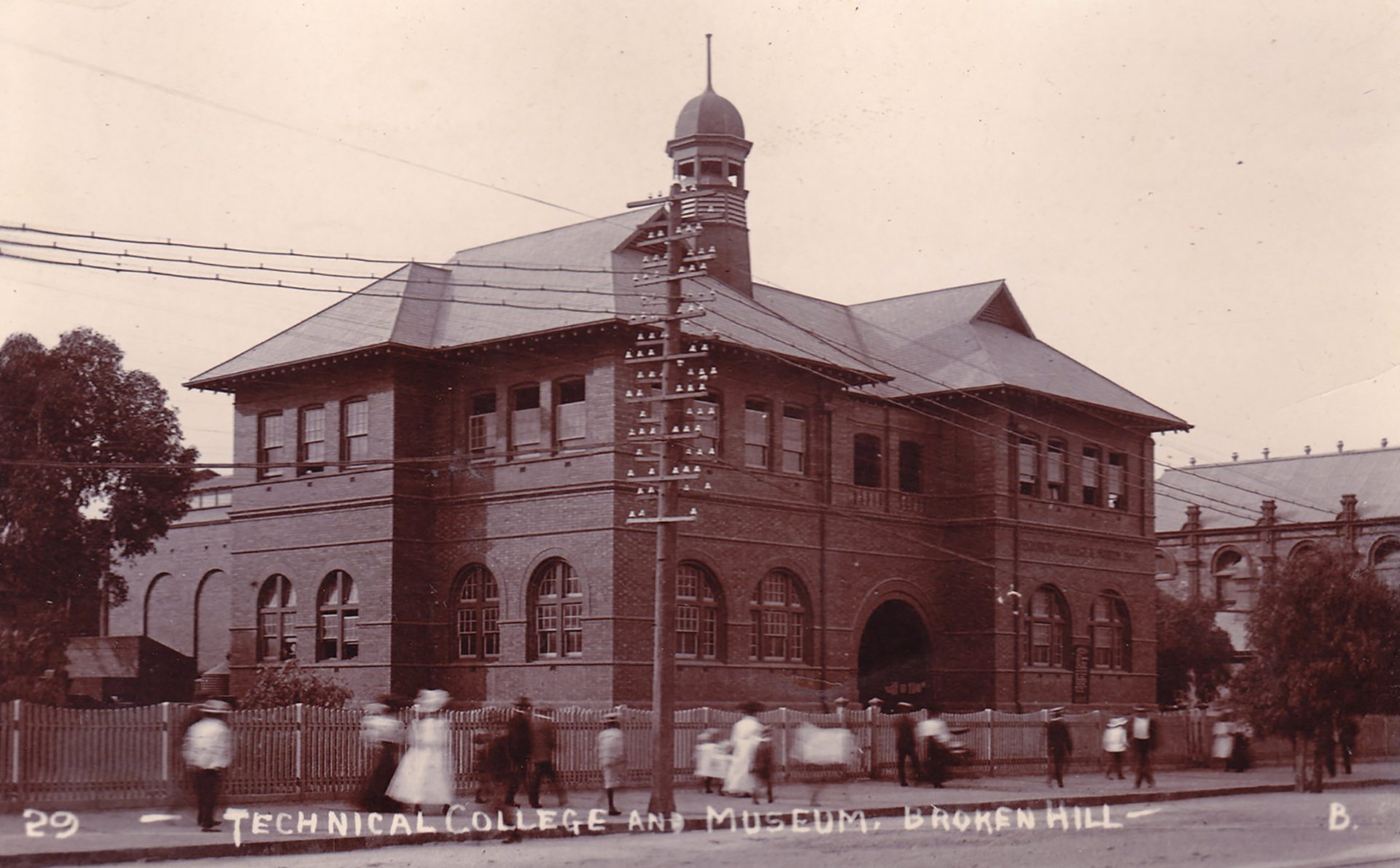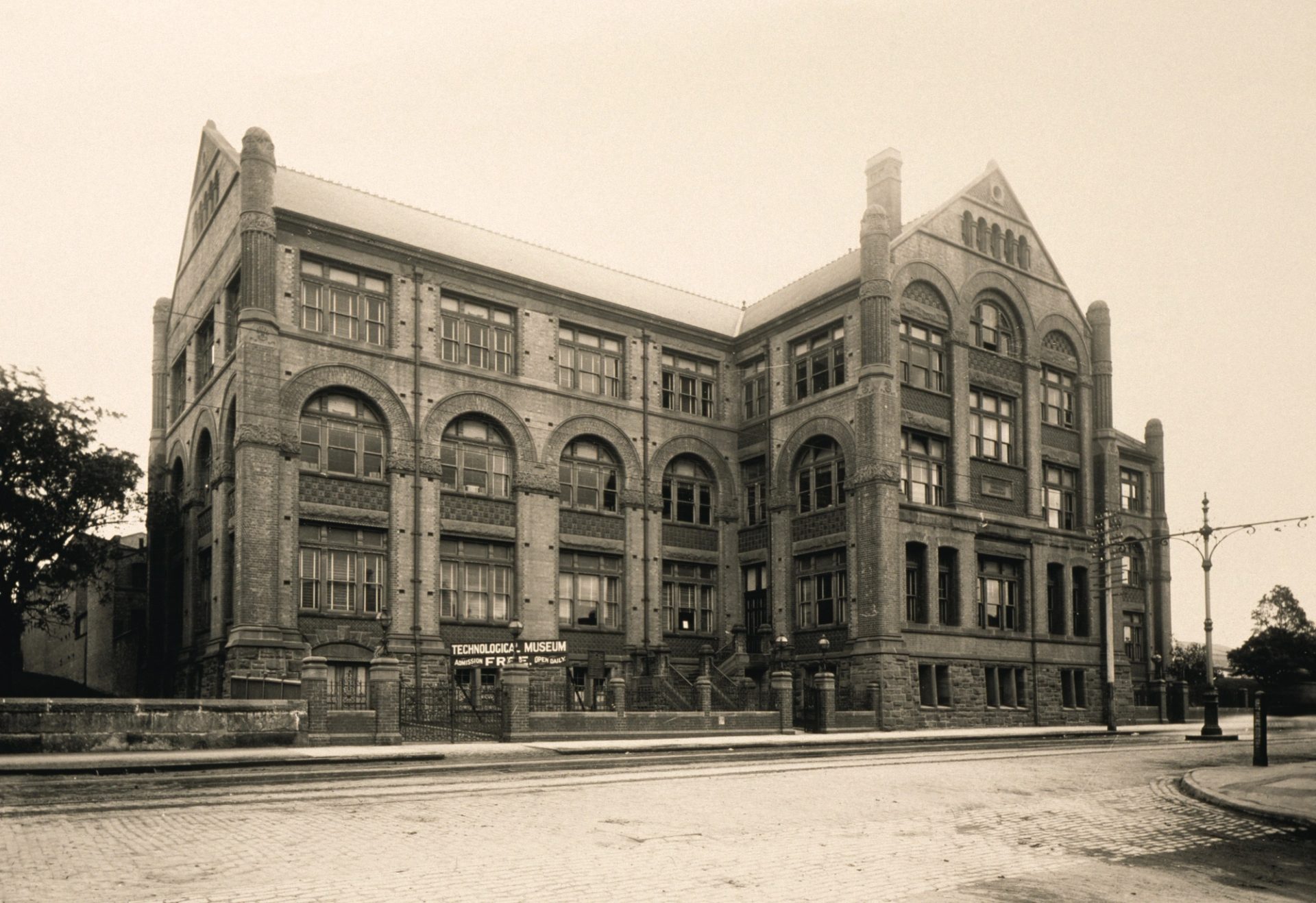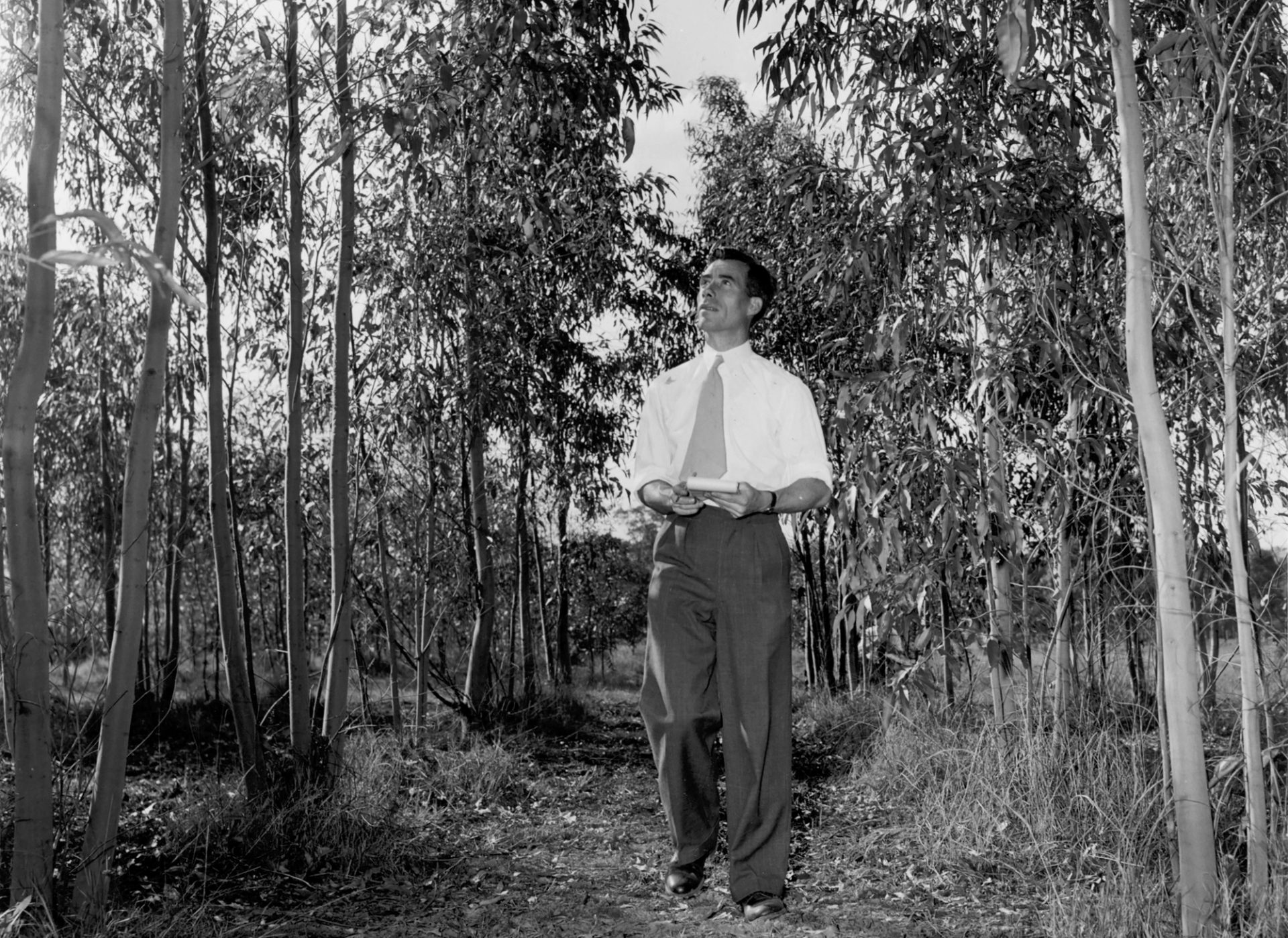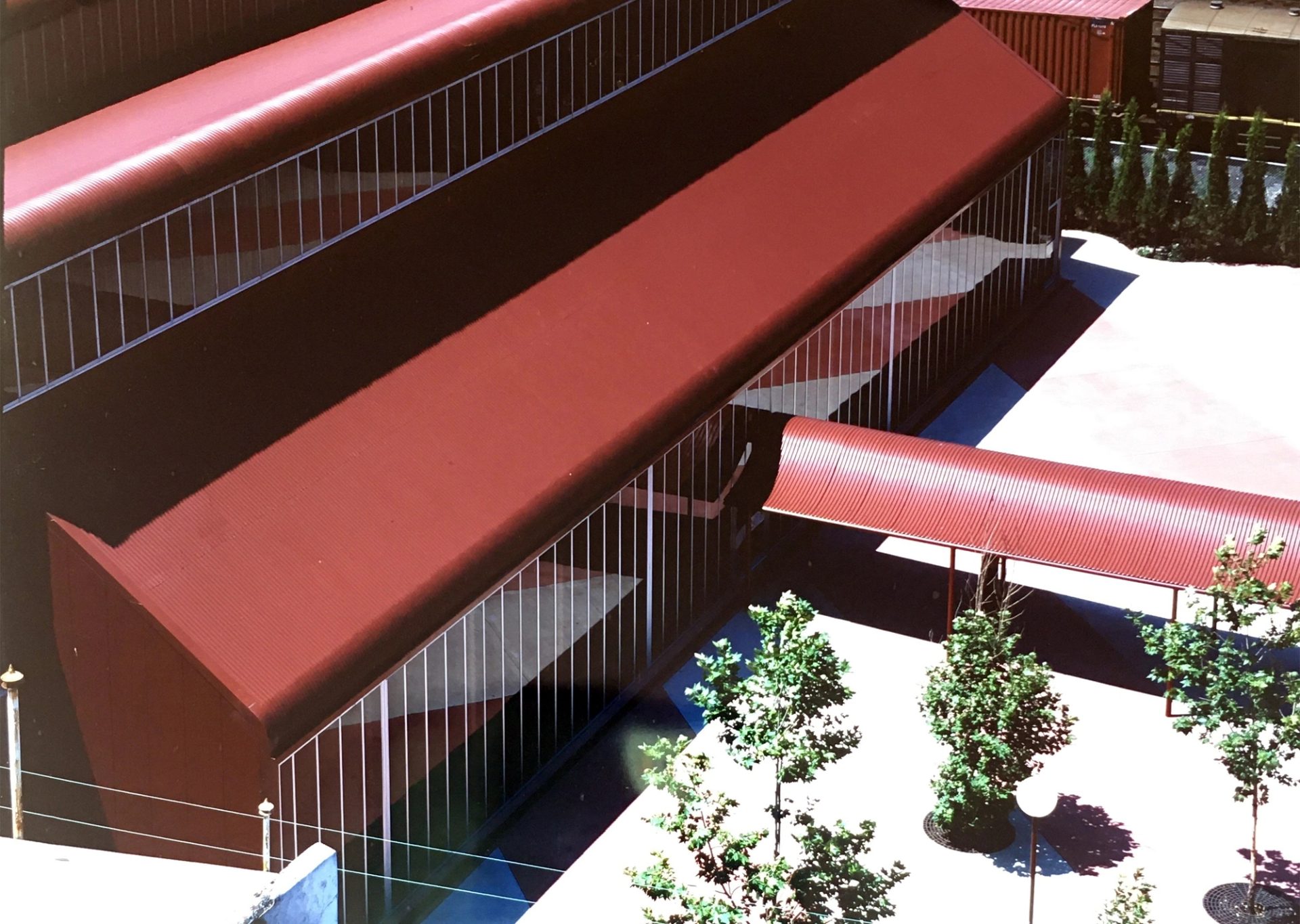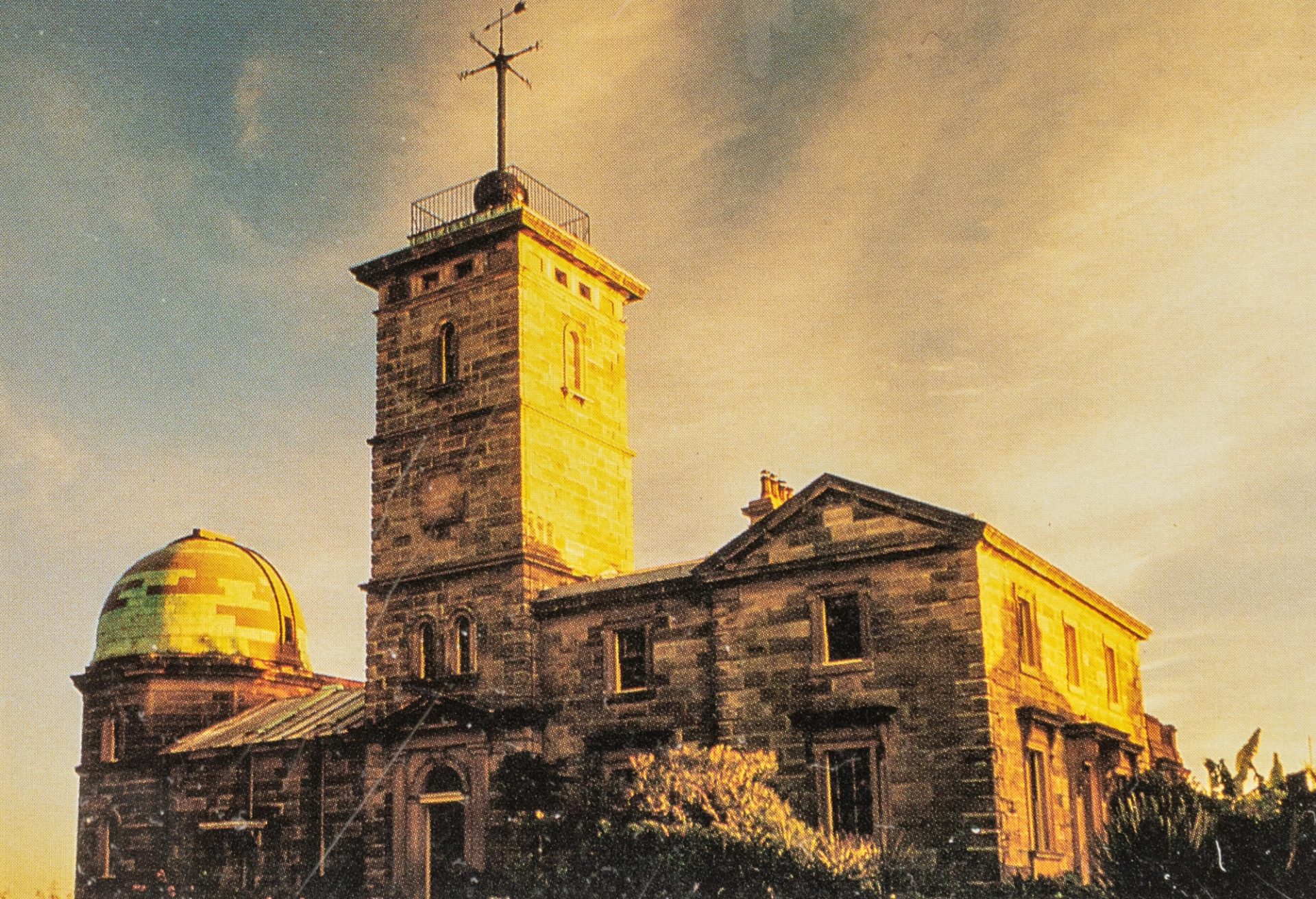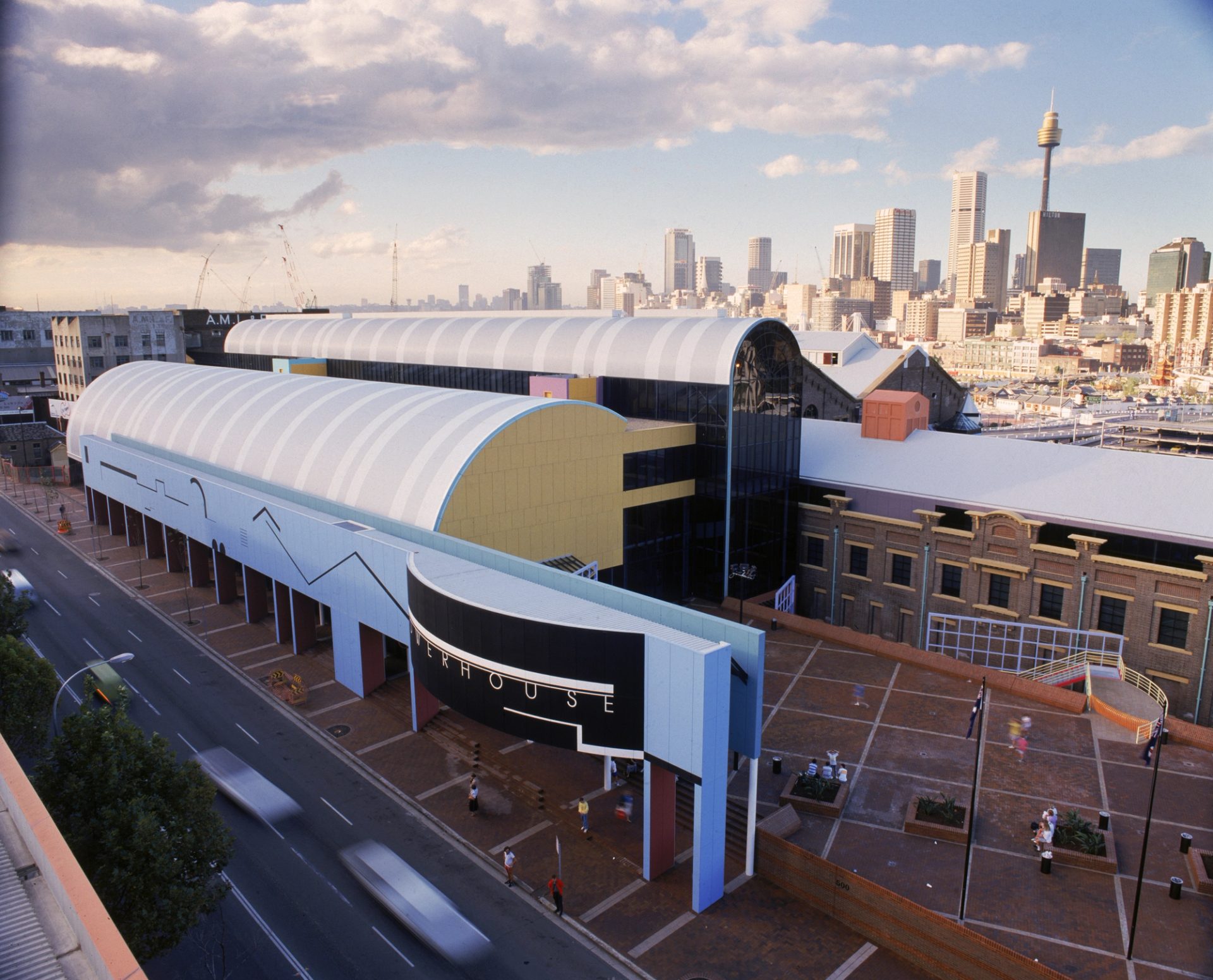A Symbol in Time

Surveying the Time and Skies
Sydney’s first observatory is built in 1788 at Tar-ra, on the western edge of Warrane [Sydney Cove] where the Harbour Bridge’s southern pylons now stand. It is designed by Lieutenant William Dawes, who arrives with the First Fleet in possession of instruments including an astronomical quadrant, a 3 ½ feet treble object glass achromatic telescope and several clocks. Instructed by the Astronomer Royal, Nevil Maskelyne, to make observations of a comet expected in the southern skies later that year, he begins a program of meteorological and astronomic observations.
This is the colony’s first scientific building, its instruments installed by 31 July 1788.
‘The government mill circled its sails where the observatory was built’
The current site of the Sydney Observatory – the highest point above Warrane – is employed for different purposes by the colonists. In 1797, it houses a windmill – declared useless less than a decade later. In 1804, it is designated the site of Fort Phillip and construction begins – suspended as incomplete two years later. From 1810, it is used as a signal station – until the current Signal Station is completed nearly forty years later.
‘Before Sydney Observatory there was an observatory at Parramatta’
With the first observatory abandoned on Dawes’ departure in 1791, various unsuccessful calls are made for an observatory and time service in Sydney. In the early 19th century, Governor Thomas Brisbane, an amateur astronomer, constructs a personal observatory in Parramatta, with instruments including a 3 ¾ inch Edward Troughton transit telescope and a clock made by renowned Parisian horologist Breguet. The first record is taken on the summer solstice of 1821. This observatory closes in 1847.

In 1855, Governor Denison approves construction of the Sydney Observatory on the site previously known to colonists as Windmill Hill, Citadel Hill, Fort Phillip and Flagstaff Hill – which now becomes ‘Observatory Hill’.
Time Keeping
Built in 1858, Sydney Observatory is one of the most significant sites in the nation’s scientific history. On its opening, the new Government Astronomer, Rev. W Scott, finds that Brisbane’s Breguet mean-time regulator clock is one of the few of instruments from Gov. Brisbane’s observatory that are still functional.
Central to scientific research in NSW, the Observatory plays a seminal role in the history of timekeeping, meteorology, and astronomy in Australia. In the 1800–1900s, it is essential to shipping, navigation, meteorology, and timekeeping as well as to the study of the stars only visible from the Southern Hemisphere – the ‘unseen third of the observable universe... the southern night sky.’
Accurate timekeeping is critical to navigation and the Observatory’s time ball is critical infrastructure for the increasingly busy port of Sydney. The ball is dropped for the first time at noon on 5 June 1858 with Rev. Scott, then Government Astronomer, but the time marked is soon changed from noon to 1pm as he cannot make necessary midday observations of the sun crossing the north-south meridian while simultaneously upstairs in the tower dropping the ball.
In 1877, the subsequent NSW Government Astronomer H C Russell publishes the first Australian weather maps. Meteorological duties are transferred to the Bureau of Meteorology in the early 1900s, with the Observatory providing the Bureau’s first offices until its relocation in 1927.
In 1877, the Current Transit circle (telescope) is installed at Observatory for use in timekeeping, surveying and astronomy.
‘In my photographs of the Great Magellan Cloud taken with the portrait camera … the stars owing to their countless numbers appear as blurred masses, and the great and remarkable nebula 30 Doradus is only a white spot. With the Star Camera the picture is enlarged eighteen times, and the stars are separated and brought out sharply defined, while the nebula 30 Doradus is revealed in its wonderful complexity …’
‘Ours is a work of the night and day! … astronomical science now becomes universal! She knows no boundaries, no rank, no sex, no age!’
In 1887, the Sydney Observatory joins an international scientific collaboration to produce the first Astrographic Catalogue, which aims to photograph the entire celestial sphere. During its involvement in this project, Sydney records the position of more than 480,000 stars in its astrographic zone (-52 to -64 degrees). Images are made first with a six-inch portrait lens; later with the astrograph or ‘Star Camera’.
The position of each star is measured and recorded by women known as ‘computers’ who use optical plate measuring machines to calculate Right Ascension and Declination, the astronomical equivalent of latitude and longitude.
‘When the Astrographic Catalogue was commissioned in the 1890s, Australian observatories had the richest section of the skies to map out … Despite being an integral part of the Observatory staff, the computers were often denied access to the main telescopes and instruments, and they were rarely acknowledged in the papers produced from the data they supplied’
The project employs 22 computers between 1916 and 1968. The final volume of the Astrographic Catalogue is completed in 1971.

Public Star Gazing
In 1950, the Technological Museum purchases a Spitz Planetarium, described at its opening as ‘a unique instrument indispensable for imparting instruction under ideal conditions.’ Monthly talks on the local night sky are recorded to be played with each demonstration of the planetarium.
In 1982 the Observatory closes and reopens as a public observatory and museum, now under the auspices of the Museum of Applied Arts and Sciences.
In 1988, a Celestron-14 telescope is installed; this is later replaced by a Meade 16-inch telescope. By 2023, the Observatory still houses the 29cm lens telescope from 1874, alongside a 40cm computer-controlled mirror telescope and a hydrogen-alpha solar telescope – all available for public viewing.
Also in 1988, the new Powerhouse Museum in Ultimo premieres Space: Beyond This World, the first exhibition to display American, Russian and Chinese space technology together.
‘Sky Country, Earth Country, Sea Country and First Nations peoples have had a continuous living connection and responsibility to each other since time immemorial, working in sync. Like all Country, First Nations peoples visit Sky Country and it visits us. These meteorites from Henbury, Northern Territory, mark an event from 4,200 years ago when Sky Country impacted Earth Country, an event that is in the living memory of the local Luritja people. In the 1930s, Luritja knowledge holders told scientists who visited the Henbury crater site of the meteor crash event, of a fire devil who came down from the sun and created the hole while burning the land and causing destruction’
Southern Sky Livestreams are held until December 2021, broadcast live from Sydney Observatory and starring a new guest astrophysicist each month. These livestreams enjoy 90,000 views with a strong returning viewership connecting regional, interstate and international audiences.

















